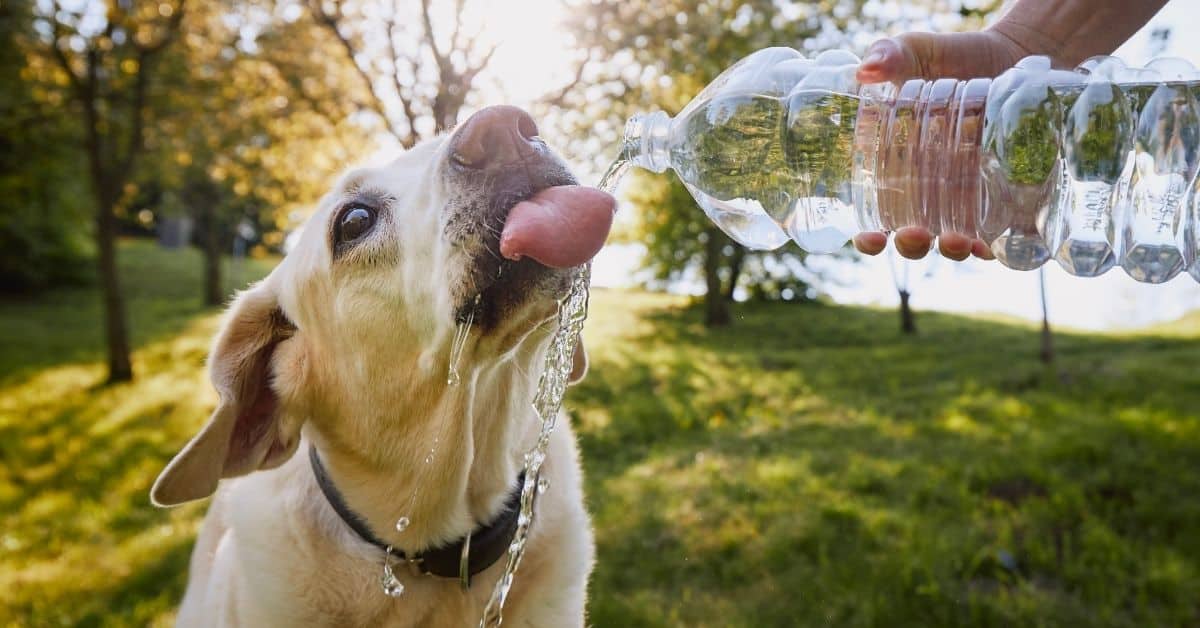Do you have a hard time getting your dog to drink enough water?
It can be challenging, especially in the summertime when it’s hot outside.
Dogs often don’t like drinking water that is cold or has ice in it.
This article will discuss tips on how to trick your dog into drinking more water and how you can know if you have a dehydrated dog.
How To Trick Your Dog Into Drinking Water
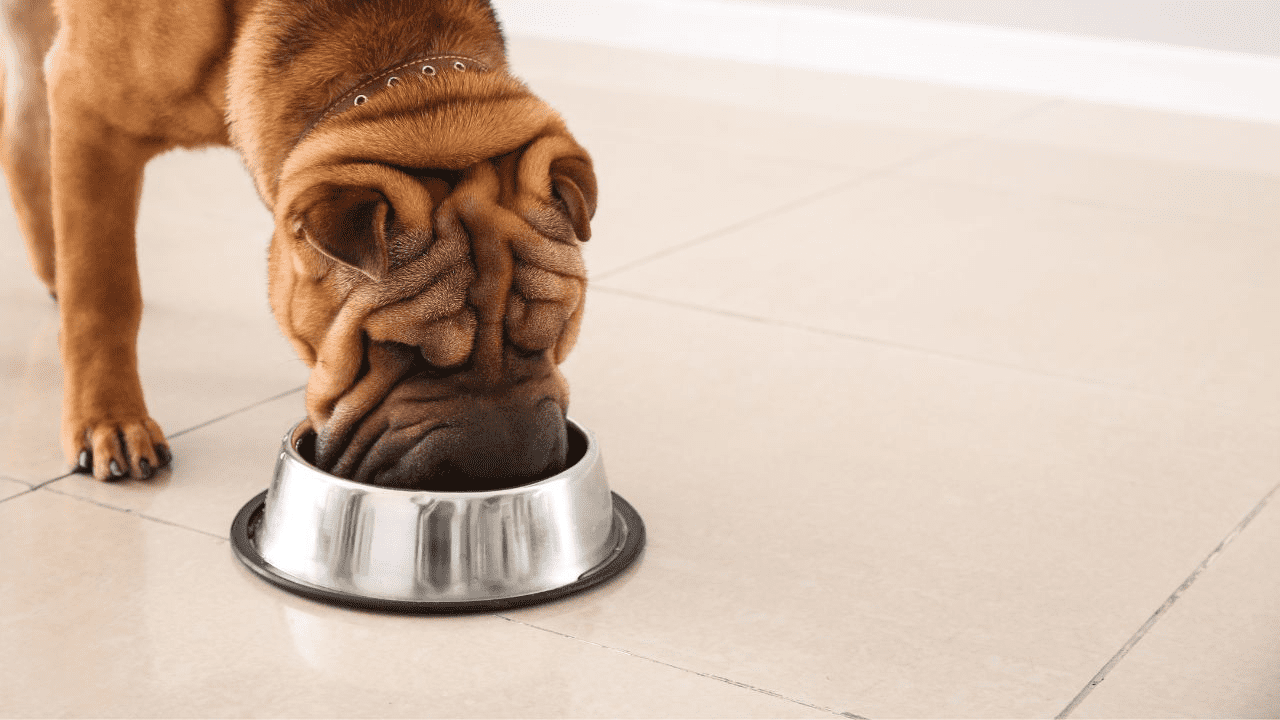
It doesn’t have to be complicated.
You can encourage your pup to drink more water with simple tricks and creative thinking.
From flavored waters to adding treats, there are several ways to make drinking water more appealing for your dog.
Some of these tips are outlined below.
Flavor Your Dog’s Water
One way to get your pup to drink more water is by flavoring it with a small amount of low-sodium chicken or beef broth.
That can make the water more attractive and palatable for your pet, encouraging them to drink more.
Give Your Dog Ice Cubes
Another trick to get your pup drinking is offering them some frozen treats in their bowl.
You can freeze some of their kibbles or add a bit of the flavored broth we discussed earlier into an ice cube tray and freeze it for a fun treat!
Move Your Dog’s Water Bowl
Moving the location of your pet’s water dish from time to time can make the water more attractive to your pup, as it will seem like a new and exciting discovery.
Get A New Water Bowl
If your dog’s current water bowl is scratched or stained, it may not be too inclined to drink from it.
Investing in an aesthetically pleasing new bowl can help encourage them to drink more often.
Install A Pet Fountain
A pet fountain can provide a continuous stream of fresh flowing water to keep your pup hydrated throughout the day!
This type of device also helps aerate the water, making it taste better for your furry friend.
Feed Your Dog Fruits And Veggies
Fruits and vegetables are full of vitamins and minerals that can help keep your pup’s body hydrated, so adding some of these to their diet can be beneficial.
You can even add a bit of water when preparing fresh vegetables or fruits for your pup as a bonus!
Check out what foods your dog can eat before feeding them.
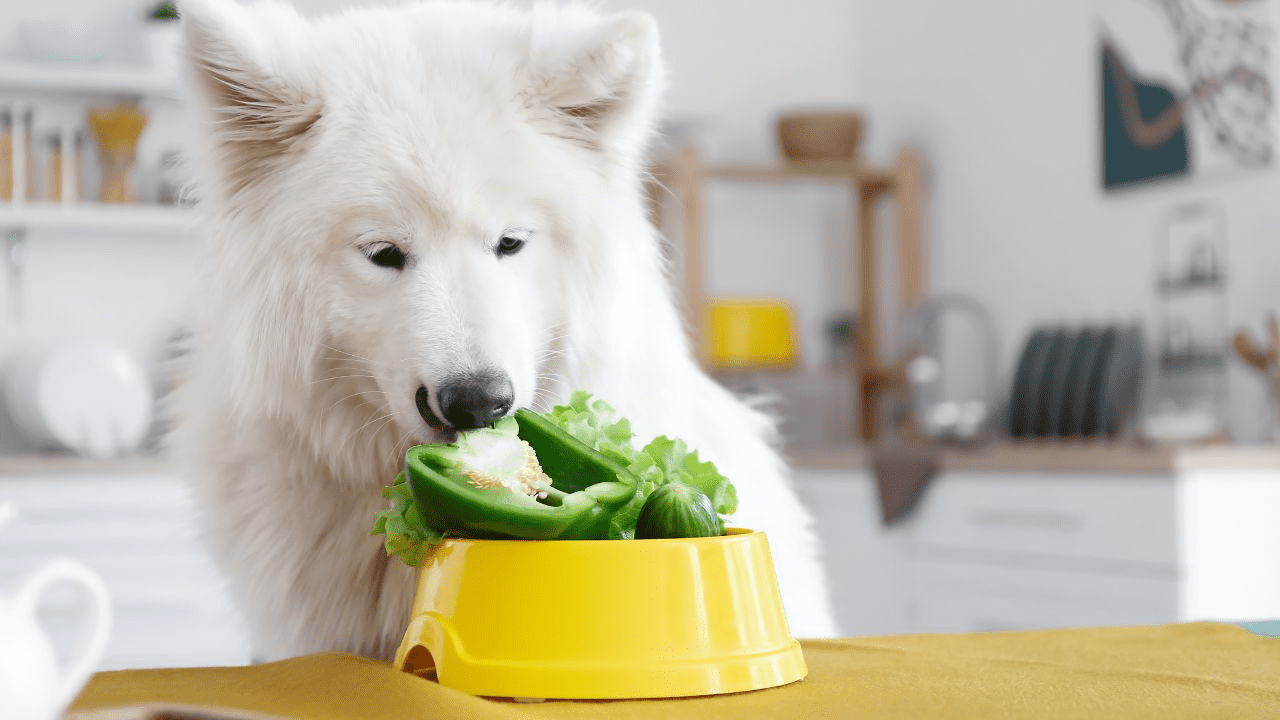
Reward Your Dog For Drinking Water
Use treats or verbal praise to encourage your pet to drink more water.
They will quickly learn that drinking is rewarded and may start drinking more often.
Keep Your Dog’s Water Bowl Clean
Keeping the bowl clean will make it much more attractive to your pet – nobody likes to drink out of a dirty dish!
Make sure you regularly dump any standing water and scrub the bowl with soap and hot water before refilling it with fresh H2O.
Increase The Number Of Water Bowls
If you have multiple pets, add more than one bowl to encourage them to drink from them more often.
That will also help prevent fights over who gets to drink first!
Switch To Wet Food
Wet food contains a lot of moisture your pup needs to stay hydrated.
It can also be a great way to get picky eaters interested in eating their meals!
Add Water To Your Dog’s Food
Adding just a bit of warm water to dry food can make it more palatable for your pup and get them interested in eating again.
Carry Clean Water Around
If you’re out for a walk, bring some clean water with you in a bottle or another container.
That will make it easy to hydrate your pup on the go and provide them with fresh water when they need it most!
Let Your Dog Drink From Your Hands
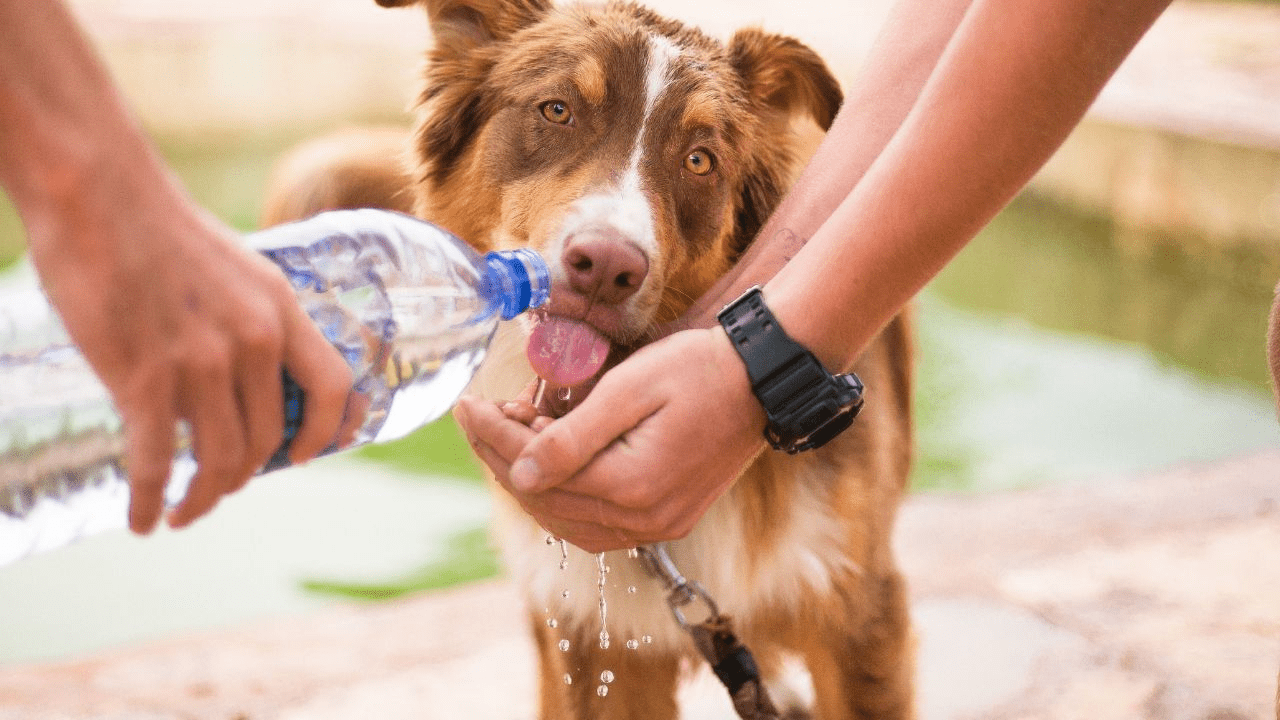
Finally, let your pup drink from an open hand can help encourage them to drink more often!
It is also a great way to bond with your pet while providing them with the necessary hydration.
Following these tips and tricks can quickly get your pup to drink more water throughout the day.
Not only will this ensure that they are well-hydrated, but it will also keep their skin healthy and coat shiny.
So don’t forget – keep those bowls full and your pup happy!
How Much Drinking Water Does Your Dog Need Daily?
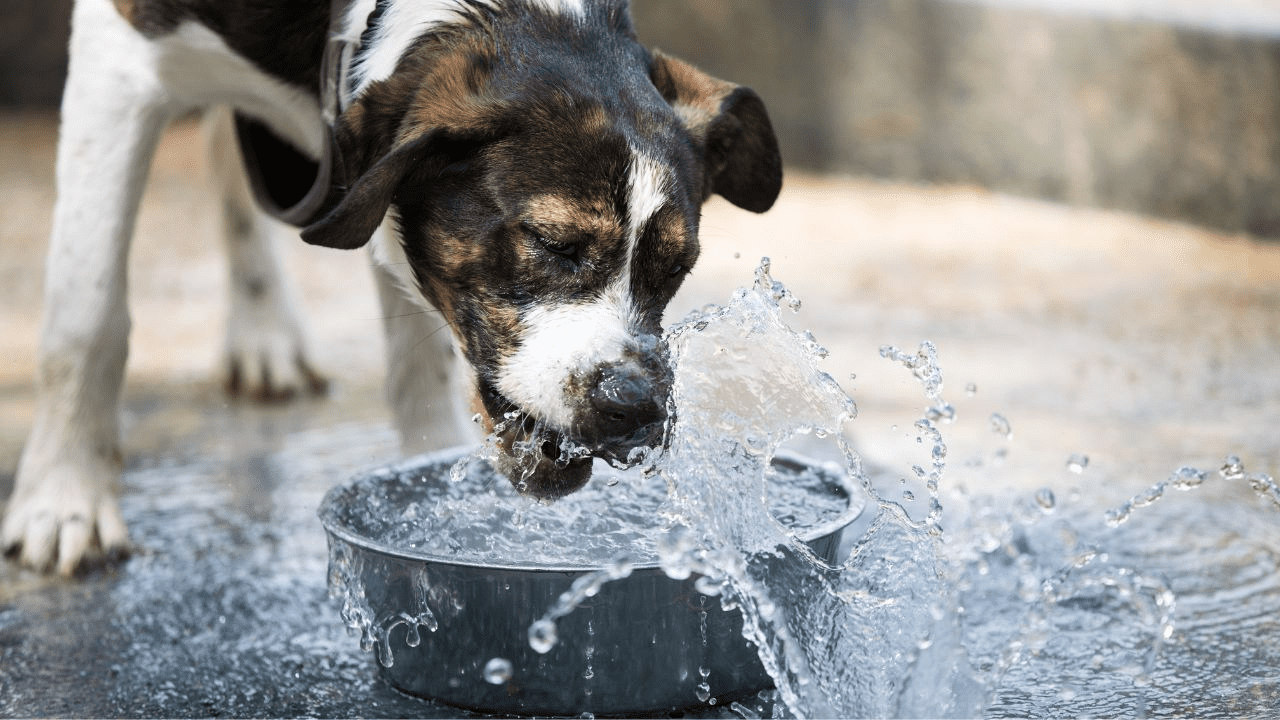
The general rule of thumb is one ounce of water per pound of body weight per day.
Make sure your dog isn’t going too long without water!
For small dogs, this can range from 4 to 8 ounces of water a day, while larger dogs may need up to 16 ounces or more.
Of course, you should always consult your veterinarian if you have questions about how much water your pup needs.
Remember: Proper hydration is key to keeping your furry friend safe and healthy!
By following these simple tips, you’ll be able to provide them with plenty of fresh, clean drinking water daily.
Reasons Your Dog Might Not Be Drinking Enough Water
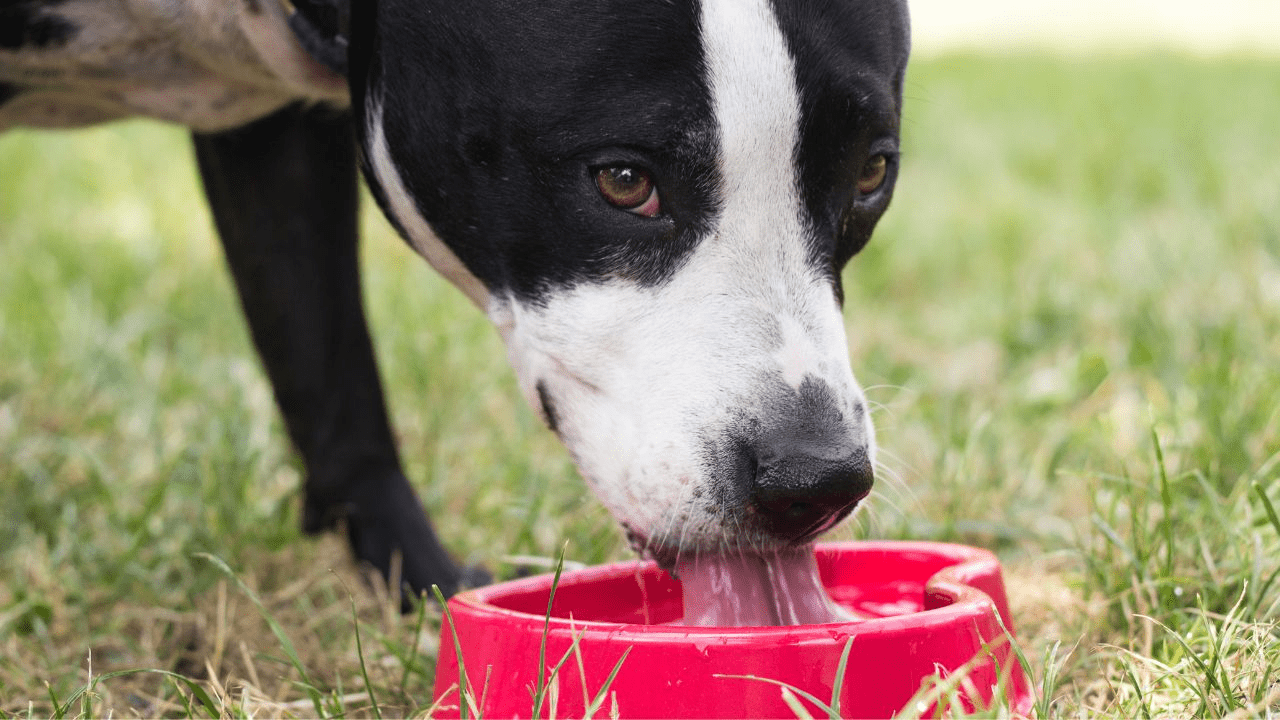
Despite our best efforts, there are some situations where your pup may not be drinking as much water as they should.
Here are the most common reasons:
Surgery
Dogs that have recently had surgery may not drink enough water due to pain and/or medication.
If this is the case, monitoring their intake and offering smaller amounts of water more frequently throughout the day is essential.
Health Problems
Certain health conditions can make it difficult for dogs to absorb and retain fluids, leading to dehydration.
If you suspect your pup is experiencing health issues, consult a vet immediately!
As dog’s age, their thirst receptors become less sensitive, so they don’t feel thirsty as quickly.
To ensure that your senior pup stays hydrated, offering them water more often throughout the day is essential.
By being aware of these factors and ensuring your pup has access to plenty of fresh drinking water, you can help keep them healthy and happy!
Signs Your Pooch Isn’t Drinking Enough Eater
Loss of Elasticity in Skin
If your pup is not drinking enough water, it can lose elasticity in its skin.
Your dog’s skin will become dry and flaky, which can cause itching and discomfort.
They may also start losing fur from the affected areas.
That is an obvious sign that your pup needs to drink more water!
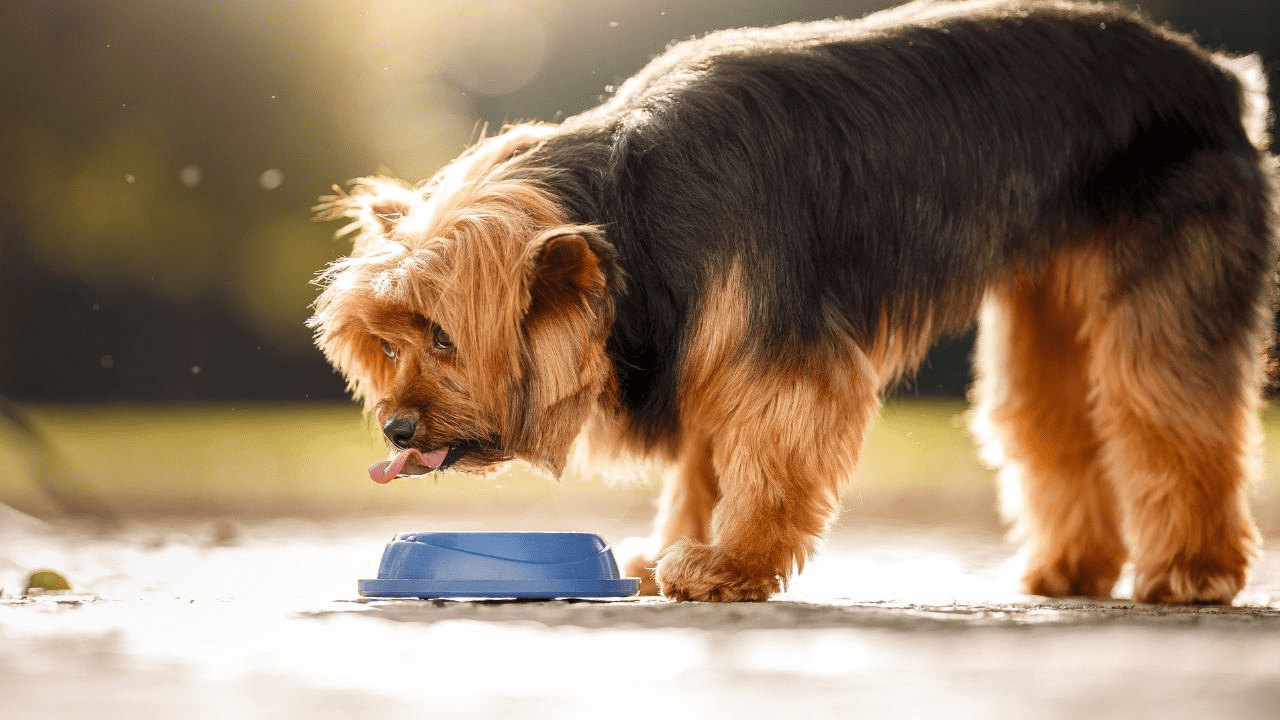
Vomiting
If your puppy isn’t getting enough fluids, it may start vomiting.
Dehydration can cause nausea and vomiting, so if you notice this happening regularly, it could be due to your pup not drinking enough water.
Loss Of Appetite
Make sure your pup is getting enough water to maintain a healthy appetite.
When dogs don’t drink enough water, their desire can start to decrease.
That can lead to a lack of energy and an overall decrease in health.
Dryness Of Nose
When dogs are dehydrated, their nose will become dry and cracked.
Check your pup’s nose regularly for signs of dehydration, as insufficient bodily fluids could cause this.
Heavy Panting
Panting is the canine equivalent of sweating, so if your dog is panting heavily, it could mean they’re not drinking enough water and are trying to cool down their body temperature with increased breathing!
Lethargy
If your dog isn’t getting enough fluids, it may become lethargic and move around less than usual.
That can signify dehydration, so ensure your pup drinks enough water throughout the day.
Dryness of Gums
Another common symptom of dehydration is dry gums.
Check your dog’s gums regularly for signs that they may need more fluids in their body!
If you notice that their gums look dry, it could mean they’re not getting enough water and should drink more.
Remember, it’s essential to ensure your pup has access to clean water at all times!
Not drinking enough water can lead to serious health complications like dehydration, so ensure your puppy gets the fluids they need to stay healthy.
As a bonus, drinking more water can also help to keep your pup calm and hydrated during hot summer days!
Before You Go…
Now you know how to trick your dog into drinking water.
If you want to learn more, read the following articles too!

